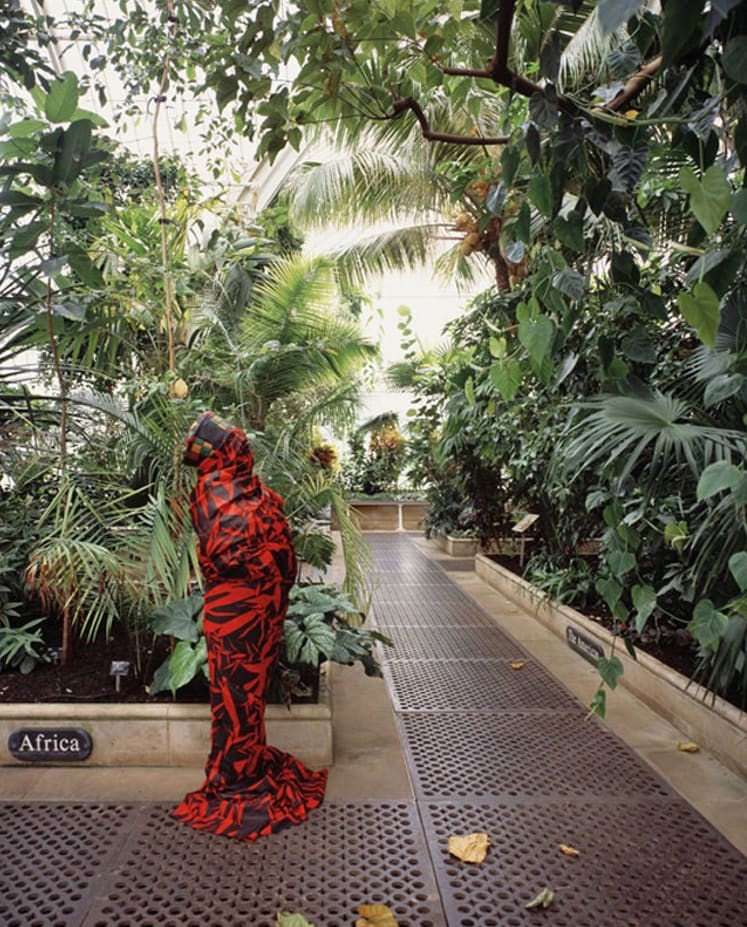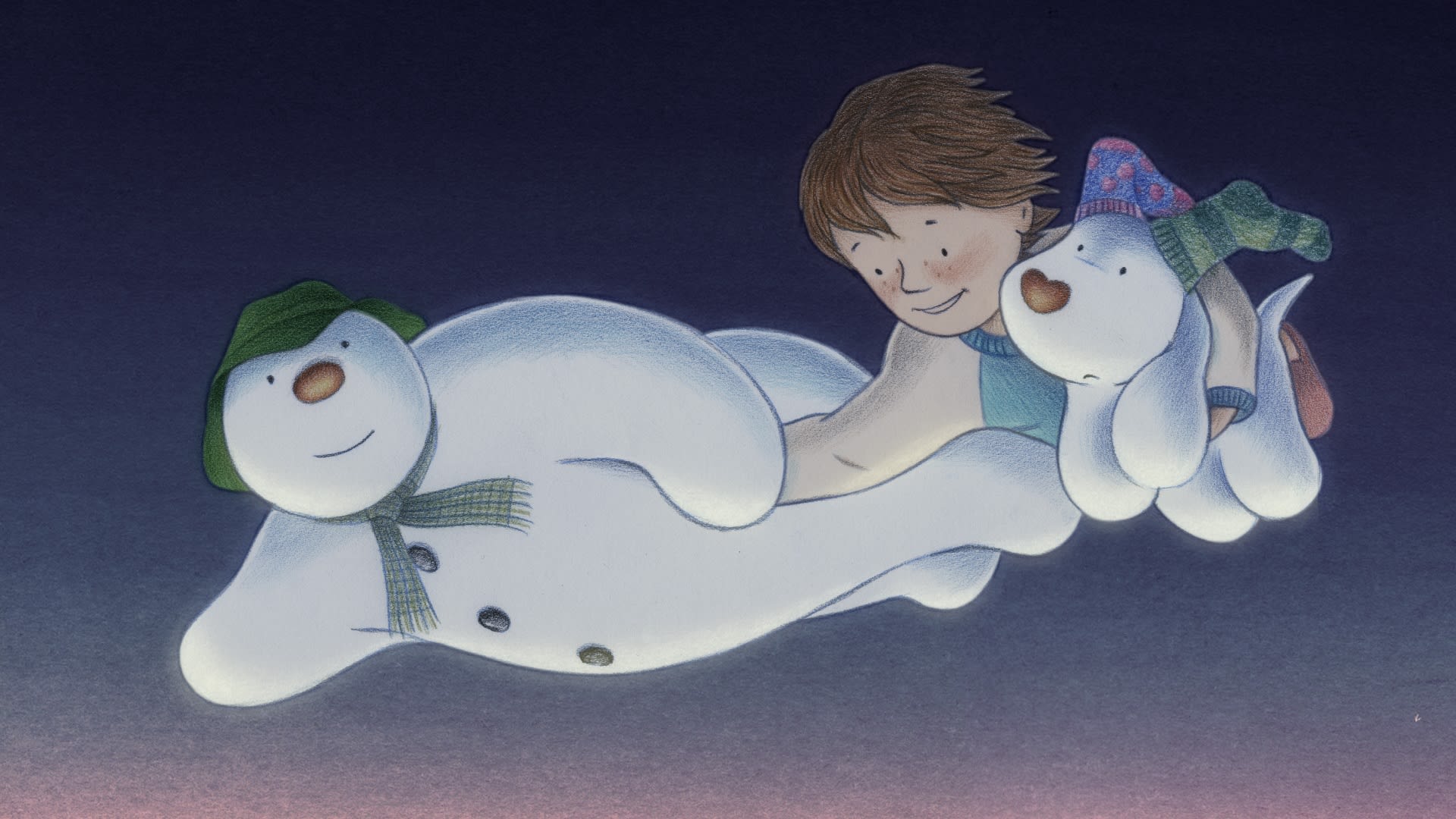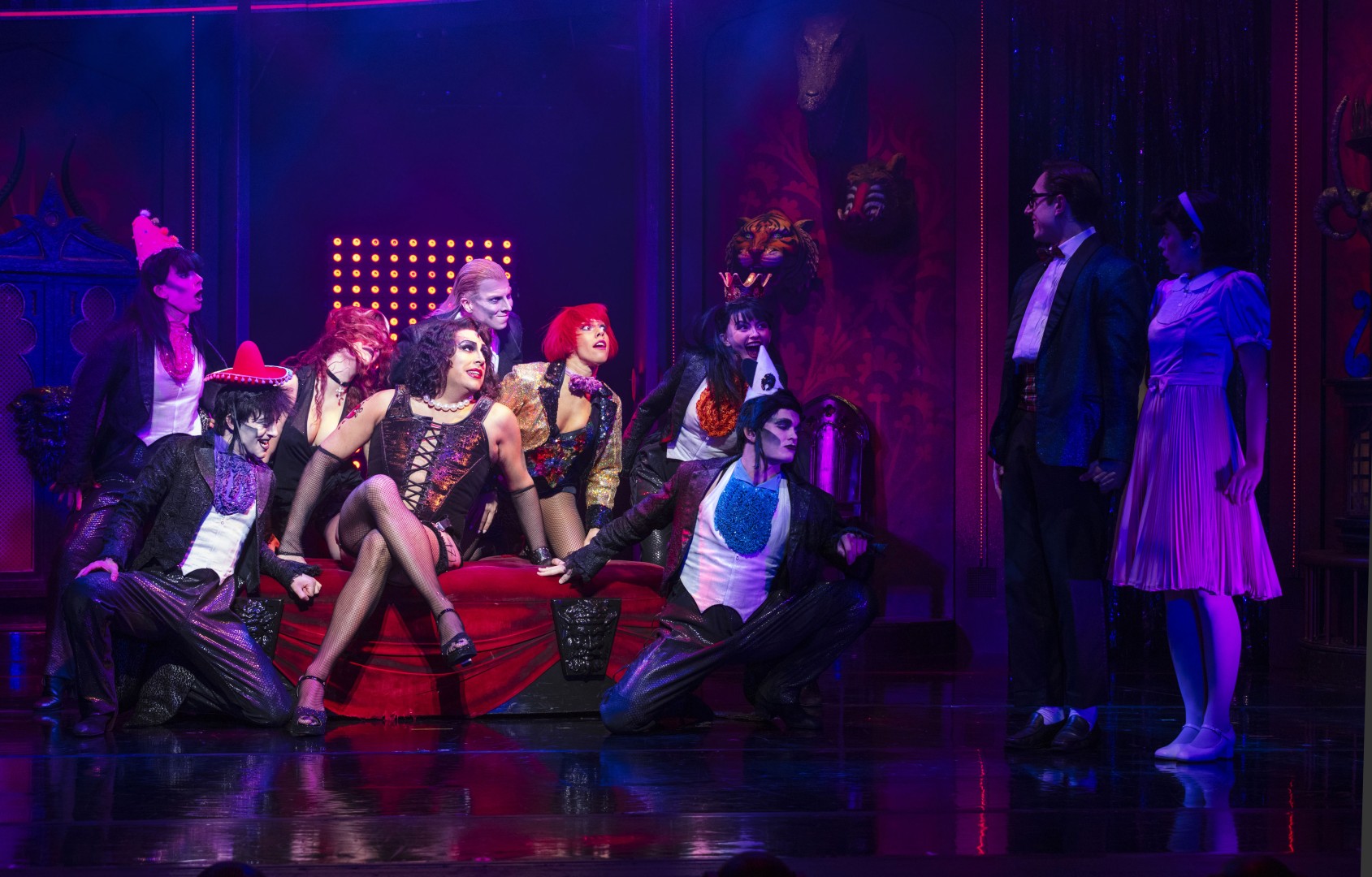Errol Francis is the Artistic Director and CEO of the London-based organisation Culture&, a charity promoting diversity in the workforce, specifically within the arts and heritage sectors. We had the chance to talk with him on his last day of work before flying to Jamaica to visit his family. Errol spoke to us about his upcoming exhibition ‘Vitreous Bodies’, a photographic intervention about the post-colonial issues surrounding western museums, and his hopes and predictions for the future.
“The whole situation is slowly changing and it’s never going to be the same again.”
What is the meaning behind the name?
Vitrine is the formal name for display case, so we were playing with the idea of how people look at things in museums and the way that they are based around a spectacle. It’s a particular issue in terms of a post-colonial critique in museums, in the sense of who has the power to look at who. The other issue was the objects themselves.
What is the significance of the objects on display?
We wanted to create a temporary display involving a human person and object, to create a conversation between them. There was me and Victoria Tischler, who is of different race and gender, and we were examining how a spectator might view the two displays differently if she had the same objects as me.
The central object was the gun. It’s a rifle that the founder of Pitt Rivers modernised for the British Army and it was controversially used in the India uprising. In order to fire the gun, you had to peel off a piece of paper with your mouth to get the cartridge in a condition to fire, however it was greased with beef tallow and pig fat, which was obviously against the religious beliefs of the Indian soldiers who were going to use it. It was initially denied, but then turned to outrage because people saw this as the insensitivity of the colonial regime. It turned into this horrible conflict in which over a million people died, so for me, I found a contradiction between the collecting of objects and that level of violence.
Another object we used was the Geneva bible, which was one of the books taken on the Mayflower ship in 1622. The bible represents the involvement of Christianity in colonialism and the way that it legitimated the enslavement of colonial people and the seizure of land.
The other object is a breadfruit. I wanted to draw attention to plant collecting and put it alongside heritage objects, but that particular plant, is what was on the famous Bounty ship. It was carrying many specimens of this protein rich plant which was native to Tahiti and other countries in that region. It was to be transplanted to the Caribbean to feed the slaves.
We put these objects together, in spite of the fact that they’re not related by date or historical region, as a comment on the style of classification in the Pitt Rivers. It’s an unusual form of categorisation.
Was there a particular event which fuelled the need for this exhibition?
I was driven by a few things actually. One of them was Beyoncé’s video that she did in the Louvre, which came out roughly when I was having the conversation with Pitt Rivers. That not only sparked an interest, but the fact that the Louvre was allowing this to happen, gave us a little bit of a green light. The other event was some controversy which had arisen around the objects in the British Museum. The Rapa Nui people from Easter Island came over to the British museum and staged a protest saying that they wanted the Moai statues back. They didn’t get them, but it certainly sparked a conversation. The other thing that happened while we were early on in this, was the release of Black Panther. There’s a scene where the British Museum is raided, and they seize back some objects. All of these things were happening at the same time and so gave some energy to this piece of work, spurred us on and inspired us.
Has your experience working around mental health impacted this work?
Definitely. One word which I think is mental health-related but also key to this, is alienation. There’s a psychological effect that imperial museums have on people who have colonial heritage in their background. There are two different issues, one is when my heritage is absent, the other is when it’s misrepresented. It makes you feel erased, absent or non-being, but one of the most disturbing things is the extent to which one is considered fully human or fully civilised. Museums narrate all of the worlds civilisation and there’s an implicit hierarchy. I recently visited the British Museum and one of the weird things about that was the separation of the great ancient civilisation of Egypt, from the continent of Africa. You had Egypt upstairs in the grandest room, yet Africa, which has only recently been present there, is the only gallery that’s in the basement. That’s really strange and it produces a sense of un-belonging, alienation and disturbance, so I think that’s the psychological thing.
Do you think this exhibition will have an effect on these attitudes?
Yes, I think it will. Every time a museum generously allows artists or audiences to captivate their heritage, it produces a completely different engagement. For example, the Tate Modern in London has a display produced by an African American artist Kara Walker, who has reworked the sculpture of the Victorian memorial. She’s made it into a commemoration about slavery, so going into the Tate now, you see a different audience there and the commentary about it produces a different engagement with institution and the collection. Every time a museum or an art gallery embraces this theme, it produces change and I think this one will too.
You’ve discussed before, the institutional relationship between museums, gardens and hospitals. Might this be the first in a trilogy of art exhibitions?
I’ve done projects in hospitals before and my previous heritage interventions were at the Royal Botanic gardens at Kew, so I’ve done some work in those areas, but I want to do more. My view of plants is that they are an exact analogue of the diaspora of humans. You get plants which have been removed against their will and you get plants that have been stowed away, but there are also many which have arrived here through their own means, so I think they replicate the history of colonialism. I’m really interested in doing more projects in that area.
Do you have a piece of art which you’re most proud of?
I tend to get really attached to them and I find it very difficult to part with them once they’ve gone to the museum. The very first one I did was when I was doing my MA at St Martins, was a self-portrait in front of a painting, pretending to be a security guard at the National Gallery, I think it’s a favourite because it was a first one. The painting doesn’t have an obvious connection with me or with black history, so people often say to me, ‘Why are you sitting in front of this painting?’ I just say, ‘I like the painting.’ I find it really interesting that all of the other ones have an obvious colonial conversation, but because this one is more subtle, it begs the question of ‘Why can’t I just like something because it’s visually exciting, why does it have to be connected?’
Do you have a favourite artist or anyone who influences your work?
One of the photography schools which influenced me is the Dusseldorf school of photography in Germany. Andreas Gursky and Bernd and Hilla Becher, have this really forensic way of photographing things with lots of detail, but where the personality is not coming out in the style of it. I think I’m quite influenced by that. In terms of visual artists, I was taught by Sonia Boyce. She was my tutor at St Martins, and I think I owe a lot to her in terms of this subject matter in the way that she has dealt with putting the post-colonial subject into the conversation of modernism.









